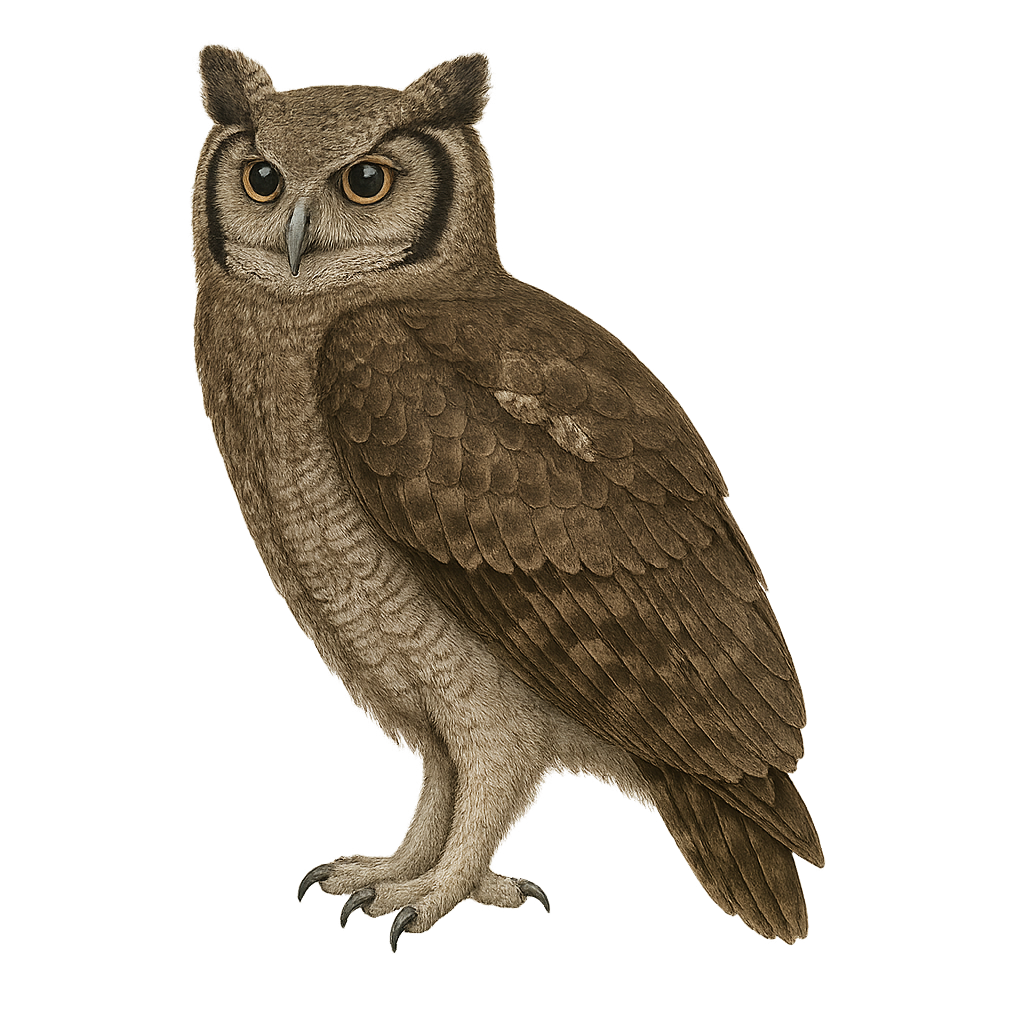Your wildlife photography guide.
Explore the verreaux's eagle-owl in detail, study its behavior, prepare your shots.
Where to observe and photograph the verreaux's eagle-owl in the wild
Learn where and when to spot the verreaux's eagle-owl in the wild, how to identify the species based on distinctive features, and what natural environments it inhabits. The WildlifePhotographer app offers tailored photography tips that reflect the verreaux's eagle-owl’s behavior, helping you capture better wildlife images. Explore the full species profile for key information including description, habitat, active periods, and approach techniques.
Verreaux's Eagle-Owl
Scientific name: Ketupa lactea

IUCN Status: Least Concern
Family: STRIGIDAE
Group: Birds
Sensitivity to human approach: Suspicious
Minimum approach distance: 30 m
Courtship display: December to February
Incubation: 36-38 jours
Hatchings: January to March
Habitat:
Savannas, open forests, wooded areas
Activity period :
Mainly active at night, generally discreet during the day.
Identification and description:
The Verreaux's Eagle-Owl, or Bubo lacteus, is an impressive nocturnal raptor, recognizable by its dark eyes and prominent ear tufts. It is the largest owl in Africa, measuring up to 66 cm in length with a wingspan reaching 1.5 meters. Its plumage is primarily gray with lighter shades on the belly. This skilled predator feeds mainly on small mammals, birds, and sometimes reptiles. It is often found in savannas, open forests, and wooded areas near watercourses. Although its conservation status is currently "Least Concern," habitat destruction could threaten its populations in the future.
Recommended lens:
400 mm – adjust based on distance, desired framing (portrait or habitat), and approach conditions.
Photography tips:
To photograph the Verreaux's Eagle-Owl, it is advisable to use a telephoto lens of at least 400mm to capture detailed images from a distance. As this owl is nocturnal, focus on shooting at dusk or dawn when the light is soft. Use a tripod to stabilize your camera and avoid motion blur. Be patient and discreet, as this bird is suspicious. Favor natural habitats such as savannas or open forests to maximize your chances of an encounter.
The WildlifePhotographer App is coming soon!
Be the first to explore the best nature spots, track rutting seasons, log your observations, and observe more wildlife.
Already 1 449 wildlife lovers subscribed worldwide

